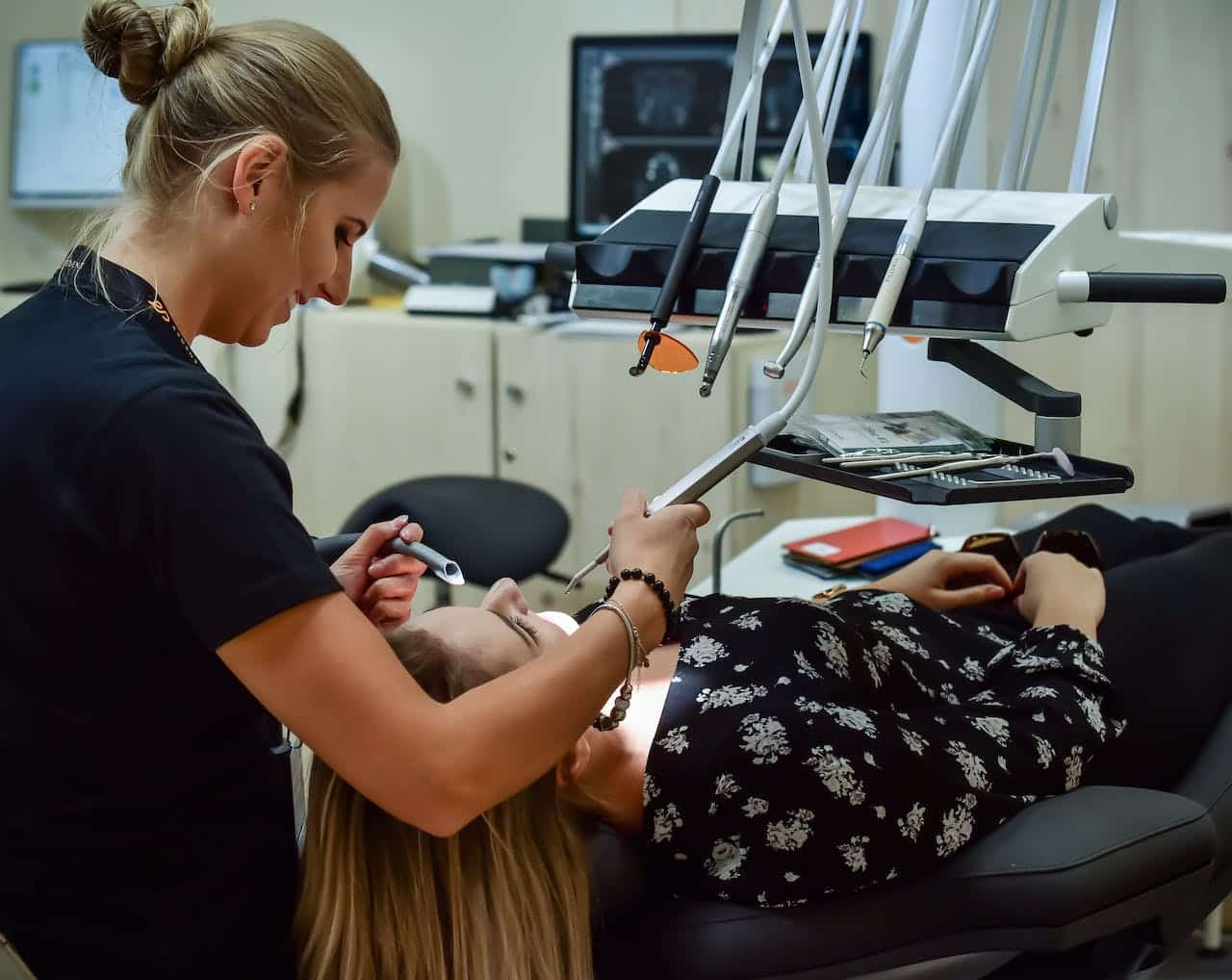Restorative dentistry focuses on the diagnosis and management of dental issues that require rehabilitation or replacement of damaged, decayed, or missing teeth. Dental crowns and bridges are common restorative treatments that play a vital role in improving oral health, appearance, and function. They enable individuals to regain their natural-looking smiles and enhance biting and chewing capabilities, thereby contributing to overall well-being and quality of life.
At Pickering Dental Services, our family dental care in Pickering, ON, is committed to offering personalized and comprehensive dental services tailored to each patient’s unique needs. Our team employs advanced dental technology and techniques to provide high-quality crowns and bridges, ensuring seamless integration into your smile and long-lasting results.
In this blog post, we will explore the topic of dental crowns and bridges, discussing their purpose, benefits, and the different materials available for creating these restorations. Join us as we delve into the role that dental crowns and bridges play in restorative dentistry and discover how our experienced dental professionals can help you achieve a healthy, functional, and attractive smile.
Dental Crowns: Purpose and Benefits
Dental crowns are custom-made restorations designed to cover and protect damaged or weakened teeth. They serve several purposes and offer a range of benefits:
1. Restoring Strength and Functionality
Crowns restore strength and functionality to a tooth that has been severely damaged or weakened due to decay, fracture, or root canal treatment.
2. Aesthetic Improvement
Customized to match the shape, size, and colour of your natural teeth, crowns also improve the appearance of a damaged or discoloured tooth.
3. Long-lasting Restoration
With proper care and maintenance, dental crowns can last for many years, providing a long-lasting and durable solution for tooth restoration.
4. Prevention of Further Damage
By providing full coverage and protection, crowns help prevent further damage or decay to the underlying tooth structure.
Dental Bridges: Purpose and Benefits
Dental bridges are fixed prosthetic devices used to replace one or more missing teeth. They consist of an artificial tooth, known as a pontic, which is held in place by crowns on adjacent teeth. Dental bridges serve multiple purposes and offer several benefits:
1. Restoring Smile Appearance
Bridges help fill gaps left by missing teeth, restoring the appearance of a full, natural-looking smile.
2. Recovering Chewing and Speaking Abilities
By replacing missing teeth, dental bridges help restore patients’ ability to chew and speak properly.
3. Maintaining Facial Structure
Missing teeth can cause the remaining teeth to shift and the facial structure to change. Dental bridges help maintain the proper alignment of teeth and support facial structure.
4. Preventing Tooth Movement
A dental bridge prevents the surrounding teeth from shifting into the gap left by a missing tooth, ensuring proper bite alignment and function.
Materials for Dental Crowns and Bridges
There are several materials available for the fabrication of dental crowns and bridges, each with its unique properties and advantages:
1. Porcelain or Ceramic
Porcelain or ceramic crowns and bridges provide a natural-looking appearance, closely resembling the colour, translucency, and texture of natural teeth. They are durable and highly resistant to staining.
2. Porcelain-Fused-to-Metal (PFM)
PFM crowns and bridges combine the aesthetic benefits of porcelain with the strength and durability of a metal framework. These restorations offer a balance between functionality and appearance.
3. Metal Alloys
Gold, platinum, and other metal alloy crowns and bridges are known for their durability and strength. Metal crowns can withstand heavy biting forces, making them ideal for restoring molars. However, they lack the aesthetic appeal of porcelain or ceramic restorations.
4. Zirconia
Zirconia is a modern dental material that offers a combination of strength, durability, and aesthetics. Zirconia crowns and bridges closely resemble natural teeth and offer excellent resistance to wear and fractures.
Choosing the Right Dental Restoration
Selecting the appropriate dental crown or bridge material depends on several factors, such as the location of the tooth, the patient’s oral habits, and aesthetic preferences. Your dental professional will discuss your unique needs and help you choose the best solution tailored to your individual requirements.
Final Thoughts
Dental crowns and bridges play a significant role in restorative dentistry, helping patients regain their oral health, function, and confidence. At Pickering Dental Services, our family dental care approach ensures that our patients receive high-quality, customized dental restorations designed to deliver optimal results.
If you’re interested in learning more about dental crowns and bridges or would like to schedule a restorative dentistry appointment, please contact our caring and experienced team at Pickering Dental Services. Together, we can help you achieve a smile that is both healthy and beautiful.




